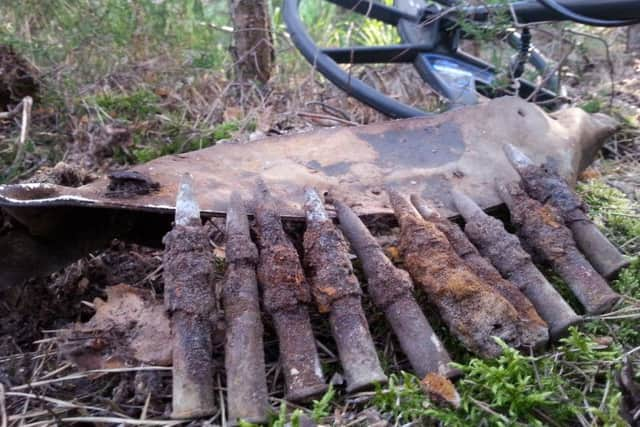Sheffield family's delight at 'heart-warming' discovery of Second World War airman's story
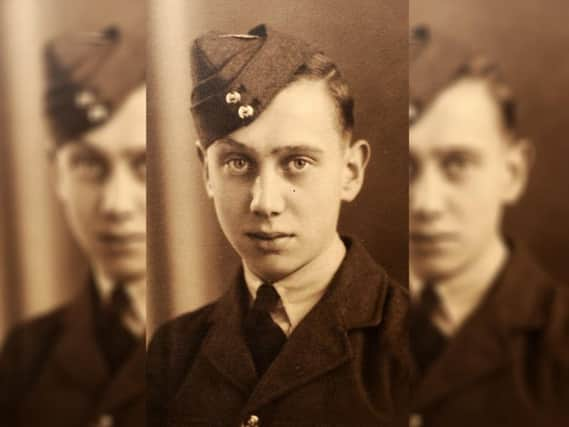

Andrew Braybrook, from Crookesmoor, was thrilled to read the name of his uncle Stanley in the pages of The Star in January.
Sgt Stanley Braybrook was one of seven crew members on a Halifax Mk V bomber shot down over the villages of Hassloch and Lachen-Speyerdorf in the Rhineland-Palatinate on the night of April 16, 1943.
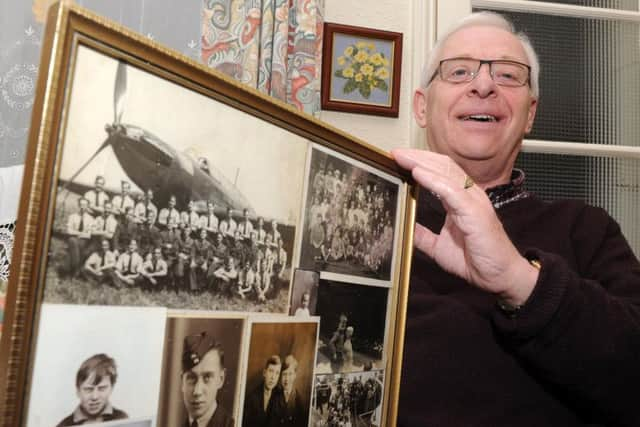

Advertisement
Hide AdAdvertisement
Hide AdStanley - who was 22 and on his first operational mission - and five other men died in the crash, with the one survivor being taken as a prisoner of war.
The Sheffield-born flight engineer’s identity was discovered by a group of researchers, the IG Heimatforschung Rheinland-Pfalz, or Historical Research Community Rhineland-Palatinate, who investigate crash sites. They plan to excavate the site and put up a monument.
Researcher Erik Wieman contacted The Star to try to find out more about Stanley, and his appeal was seen by Andrew - who was able to fill in much of the story of his uncle's life.
"Stanley is buried in Rheinberg war cemetery and the family have visited his grave on numerous occasions," said retired English teacher Andrew, 65.
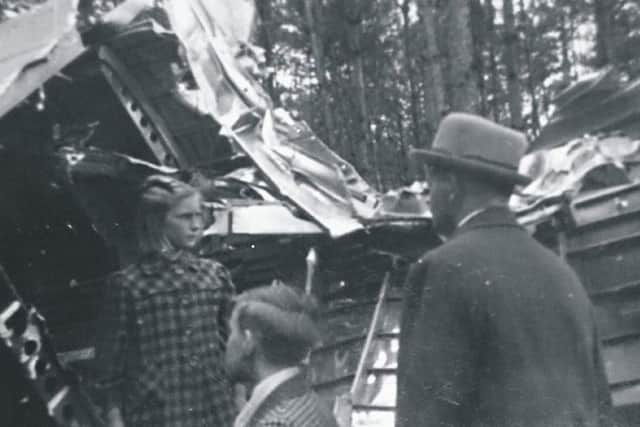

Advertisement
Hide AdAdvertisement
Hide Ad"We are all delighted by this news that the crash site is to be excavated and a monument to the crew erected. It is heart-warming and brings a sort of closure to a 75 year-old story.
"I am reminded of the phrase ‘they grow not old as we who are left grow old’ - Stanley is still often in our thoughts and, as the family stated in his obituary we continue to ‘treasure with pride the memory of his brave young life’."
Stanley was the youngest brother of John, Andrew's father, and was one of seven children of John and Florence. He grew up in Barber Road, Crookesmoor, not far from where Andrew now lives.
He was a family favourite thanks to his 'winning personality, appetite for fun and dare-devil nature', according to his nephew.
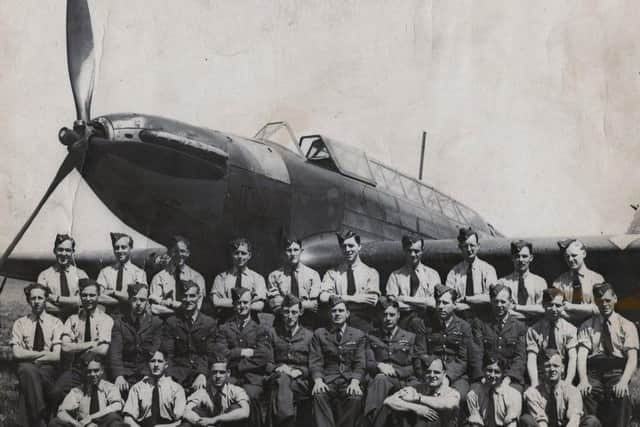

Advertisement
Hide AdAdvertisement
Hide AdAndrew said: "Stories abound of his exploits as a boy include climbing St Nathaniel’s Church steeple with a pal and having to be rescued by the fire brigade; slackening the head drummer’s drumskin as a practical joke when he was a member of the Boy’s Brigade; pinching (borrowing) my Dad’s hat from the hall stand on his way to a night out and – most notoriously – hiding his fast Norton motorbike from his mother by parking it streets away from home at the house of his older sister."
Stanley had worked as a motorbike mechanic before signing up for the RAF in August 1939. He trained for two years to become a flight engineer.
In his last letter, a month before he was killed, he writes of his pride in joining 76 Sqn at Linton-on-Ouse - ‘the crack squadron of the RAF’ - and his delight at being issued with ‘some whizzo flying gear’.
Stanley's RAF record shows he was on his first mission, a raid on the Skoda works in Plzen, Czechoslovakia, when he was killed. The plane made it to the target and dropped its bomb load, but was shot down when it was about half way home, at about 2.25am on the morning of April 17, 1943.
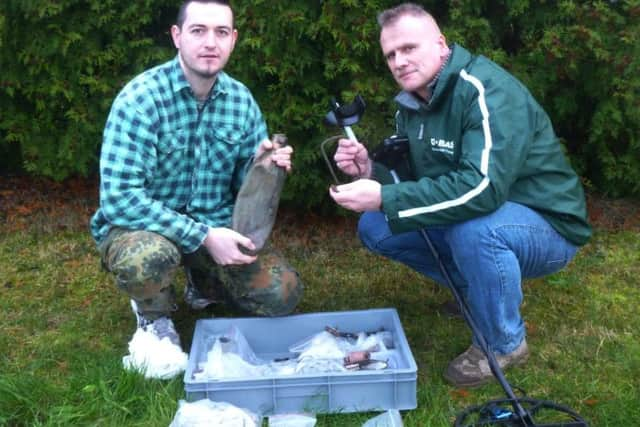

Advertisement
Hide AdAdvertisement
Hide AdAndrew said: "The crash report shows that – contrary to my family’s fears that they had all died in a fireball – the airmen died instantly from impact injuries."
Stanley's commanding officer told his parents in a letter that the young flight engineer had impressed him 'from the start' and 'had the complete confidence' of his crew mates and superiors.
The team of researchers looking into the crash have made contact with most families of the seven crew members, and are publishing photos of their excavation at www.ig-heimatforschung.de.
Mr Weiman said: "It is amazing how many relatives are found through search articles in a newspaper in the area where the killed airmen lived or were raised."
Today’s top stories:
Advertisement
Hide AdAdvertisement
Hide Ad